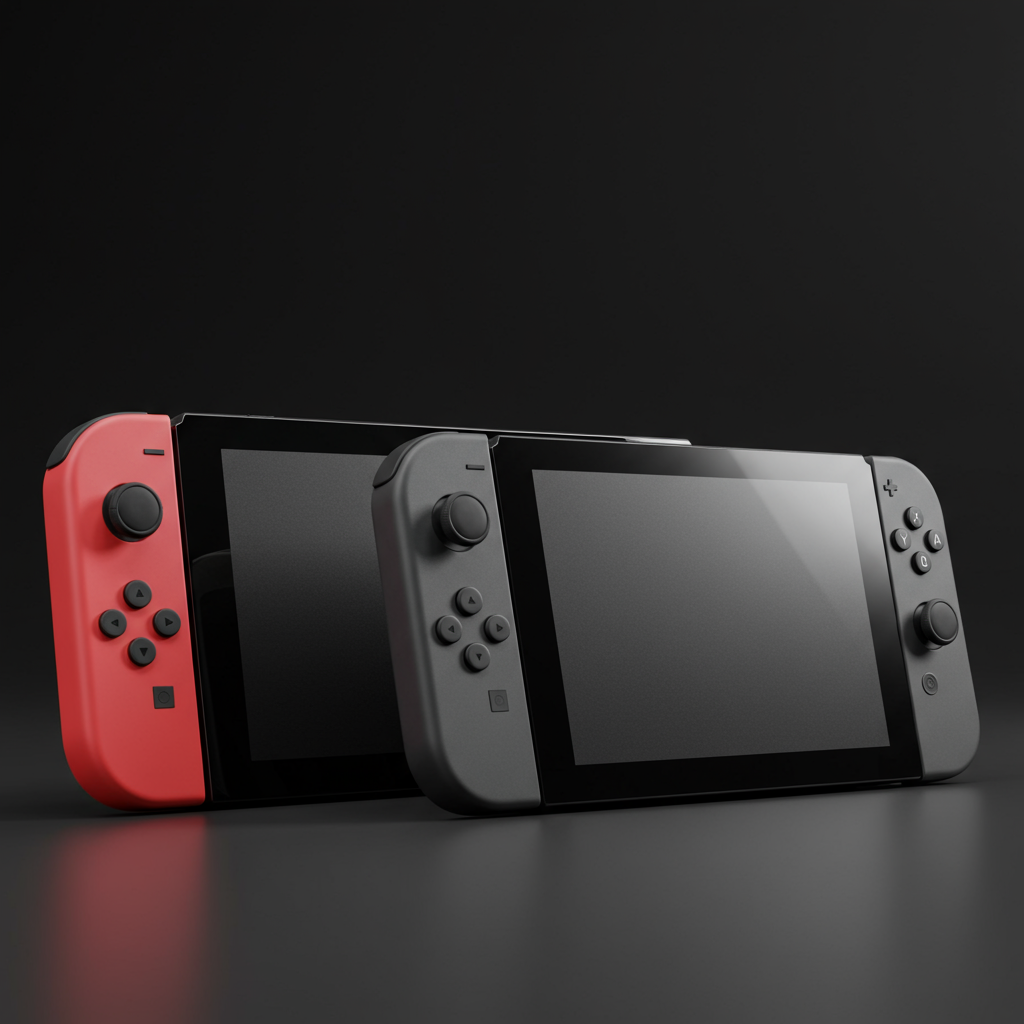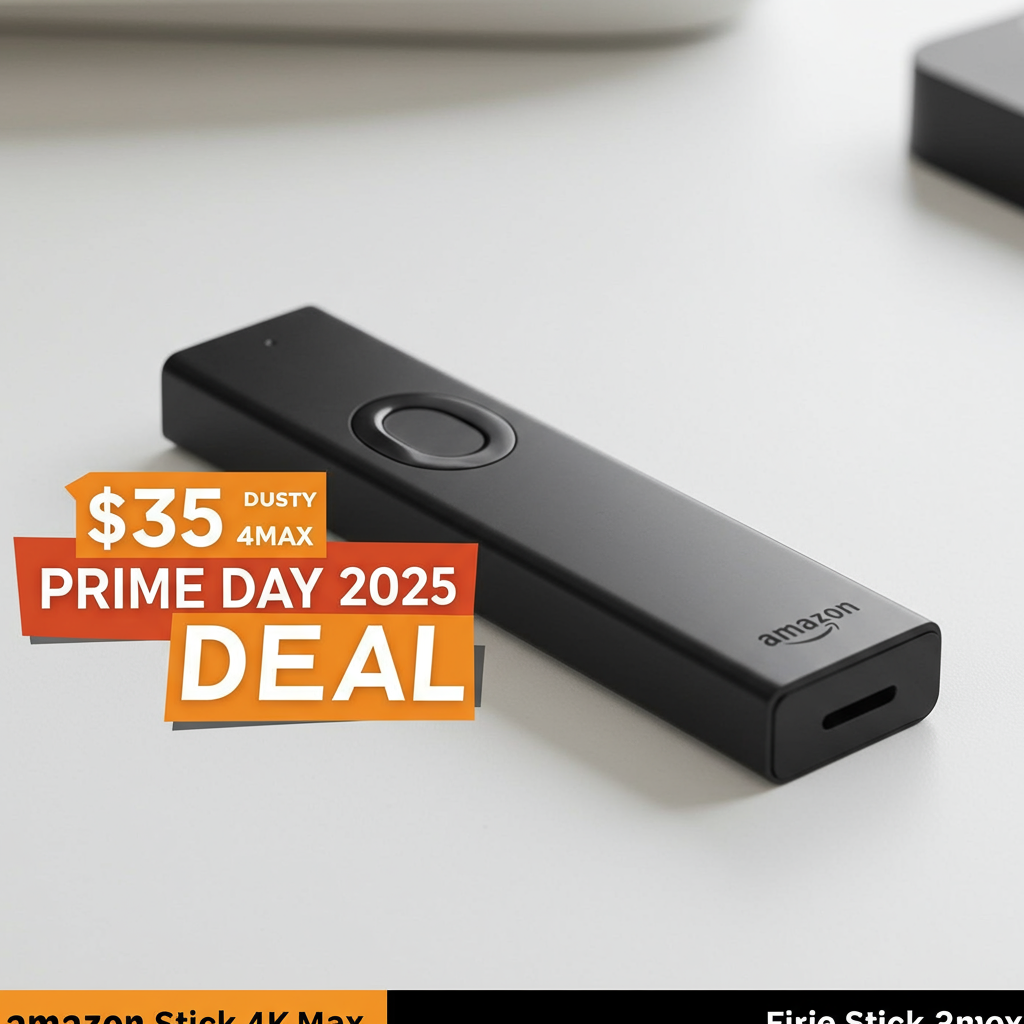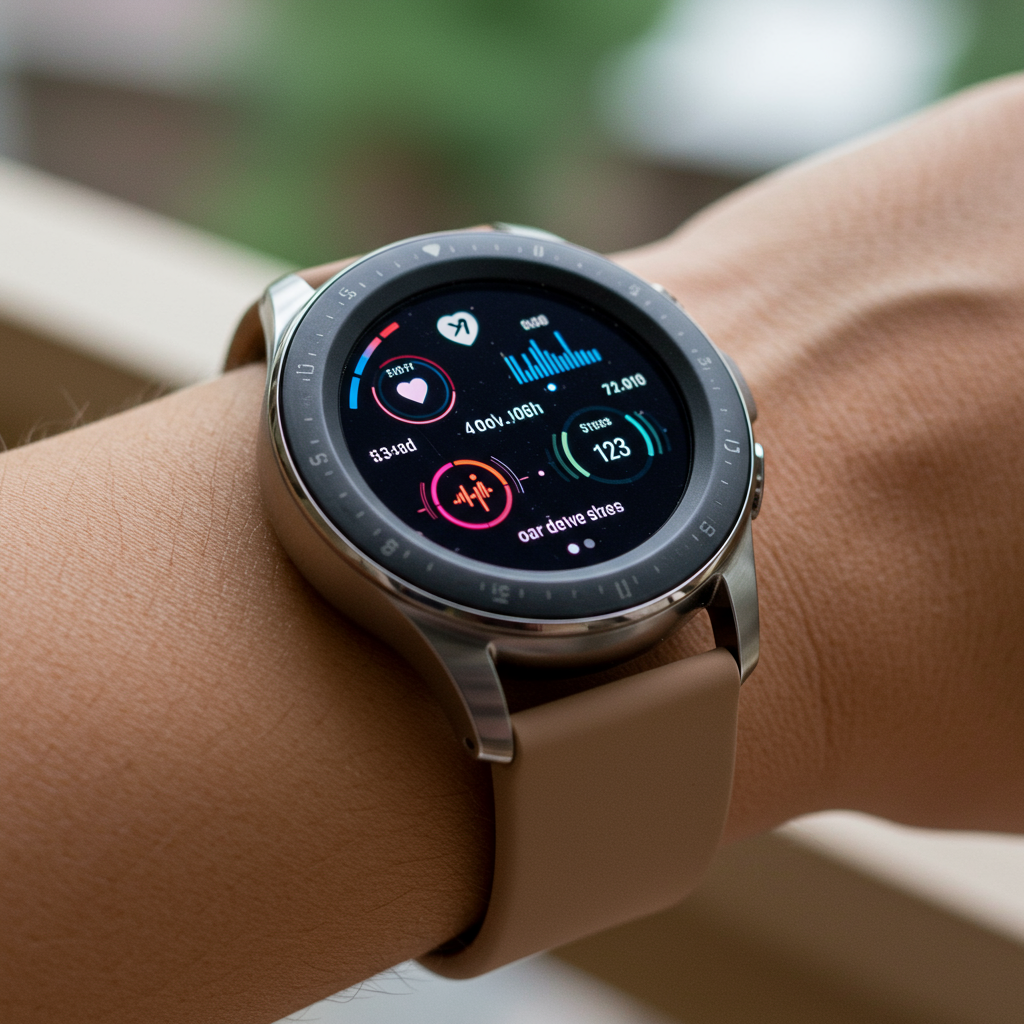Gaming
After two weeks with the new hardware, here’s why the Nintendo Switch 2 is a significant step up from the Switch OLED.
Features
By [Your Name – As an expert SEO writer, this would be your byline] Published [Date]
It’s not just about raw power.
Comments ( 0 )
When you purchase through links on our site, we may earn an affiliate commission. Here’s how it works.
(Image credit: Future)
The Nintendo Switch 2 has arrived, and for many who navigated the initial purchase hurdles (console availability has been notably challenging, especially in the US, while the UK has seen more consistent stock), the question quickly becomes: how does it really stack up against the excellent Switch OLED?
I’ve had the Nintendo Switch 2 in my home and hands for over two weeks now, using it as my primary gaming system. While perhaps not a revolutionary leap in concept, as a pure iteration on the Switch formula, it delivers substantial upgrades that make revisiting the older models, even the beloved OLED, a difficult prospect.
From improved visuals and snappier performance to lightning-fast load times and enhanced backwards compatibility, the Switch 2 feels like the console the original could evolve into. My Nintendo Switch OLED served me well, particularly on commutes and trips, but the practical, day-to-day improvements of the Switch 2 are simply too compelling to ignore.
If you’re wondering what makes the Switch 2 such a game-changer for existing Switch owners, particularly those coming from the OLED model, here are the five biggest reasons based on my extended use.
Today’s best Nintendo Switch 2 and Switch OLED deals
[Dynamic Price Comparison/Deals Widget – Placeholder]
We check over 250 million products every day for the best prices
A Gorgeous 1080p Handheld Display
(Image credit: Future)
Perhaps the most immediately noticeable upgrade is the jump to a 1080p resolution display in handheld mode. While the Switch OLED wowed with its vibrant panel type at 720p, the Switch 2 steps up the pixel count on its larger 7.9-inch LCD screen. Although it opts for LCD over OLED (a point of contention for some, potentially lacking the same deep blacks and contrast), the inclusion of HDR10 support significantly boosts visual quality with richer contrast and more accurate shadows.
Beyond resolution, Nintendo has packed advanced display technology into this panel. It supports Variable Refresh Rate (VRR), which, while currently limited to handheld mode, helps smooth out gameplay on compatible titles running above 40 frames per second, offering refresh rates up to 120Hz for a much more stable and fluid portable experience. This combination of resolution, HDR, and VRR makes games look incredibly sharp and smooth on the go, a clear step up from the 720p panels of the original models.
Exceptional Backwards Compatibility & Performance Boosts
(Image credit: Future)
Nintendo’s approach to backwards compatibility on the Switch 2 is genuinely impressive. It allows you to play almost the entire original Switch catalog, including physical game cards. But the real magic lies in how the new hardware enhances older titles.
Many beloved Switch games receive automatic performance improvements without needing specific “Switch 2 Edition” patches. This includes much faster load times (more on that below), smoother framerates, and often improved image quality. For example, games notorious for performance issues on the original hardware, like Pokémon Scarlet & Violet, are reported to run significantly better – smoother and targeting higher resolutions – on the Switch 2, effectively transforming the experience. Titles with uncapped framerates, such as Hyrule Warriors: Definitive Edition, can now consistently hit a clean 60fps, making them feel entirely new.
Furthermore, Nintendo has begun rolling out updates for key titles like Super Mario Odyssey and The Legend of Zelda: Echoes of Wisdom, adding HDR support. While some updates to flagship titles like Breath of the Wild and Tears of the Kingdom reportedly require a small paid upgrade ($10) for their Switch 2 enhancements (like resolution/HDR), the overall impact is that your existing game library suddenly feels revitalized, running better than ever before. This focus on enhancing compatibility gives your old games new life.
Significantly Faster Load Times
(Image credit: Nintendo)
Goodbye, loading screens! The Switch 2 boasts dramatically reduced boot and load times across the board, a tangible benefit felt in nearly every gaming session. This improvement is thanks to the console’s increased 256GB of internal UFS storage (a big leap from the original’s 32GB/OLED’s 64GB) and its support for the much faster microSD Express card standard. (Note: Your old microSD cards are not compatible for storage expansion; you’ll need the new, faster Express cards).
For games with large worlds and frequent loading zones, like Xenoblade Chronicles or Fortnite, the difference is stark. Booting up and entering areas takes noticeably less time, meaning more playing and less waiting. Even in quick-match games like Super Smash Bros. Ultimate, transitioning from character select to a match takes mere seconds. Fighting games like Street Fighter 6 see online match load times competitive with PS5 and Xbox Series X versions, a testament to the speed upgrade.
A Revamped, Responsive eShop
(Image credit: Zachariah Kelly / TechRadar)
Let’s be honest: browsing the Nintendo eShop on the original Switch could be a frustrating experience, plagued by input delay and a sometimes messy layout. The Switch 2 addresses a key part of this problem: usability.
While you’ll still encounter a flood of low-cost indie titles, the core experience of navigating the digital storefront is vastly improved. The significant input delay is gone, making browsing categories, searching for games, and viewing details feel fluid and instantaneous. The store also features a cleaner, better-organized layout that makes finding what you want much easier, provided you stick to curated sections.
This might seem minor, but for anyone who frequently buys digital games, the improved responsiveness of the eShop is a welcome relief and contributes significantly to the overall premium feel of the new console. (It’s worth noting, however, that some previous eShop features like the gold points rewards system appear to be missing, and the whimsical store music of past Nintendo consoles is still absent).
Capable Third-Party Ports
(Image credit: IO Interactive)
While the launch lineup leans heavily on enhanced ports of older titles, the ability of the Switch 2 hardware to handle demanding third-party games is genuinely surprising and impressive for a portable system. Powered by a new custom Nvidia chip (reportedly the T239) featuring AI frame generation (DLSS capability), the Switch 2 can run games that previously would have been impossible or relegated to cloud streaming on the original Switch.
Titles like Street Fighter 6, Hitman: World of Assassination, Cyberpunk 2077 Ultimate Edition, and Hogwarts Legacy demonstrate the console’s capabilities. While they might not always match the highest graphical settings or framerates of their PS5 or Xbox counterparts, they offer a significantly less compromised experience than they would have on the original Switch. Street Fighter 6, for instance, largely maintains a locked 60fps in key modes, and Hitman is described as a solid portable experience despite occasional hitches. This enhanced power opens the door for many more modern AAA titles to arrive on Nintendo’s platform natively.
Today’s best Nintendo Switch 2 and Switch OLED deals
[Dynamic Price Comparison/Deals Widget – Placeholder]
We check over 250 million products every day for the best prices
The Verdict After Two Weeks
After more than two weeks living with the Nintendo Switch 2 and putting it through its paces daily, I can confidently say it’s the upgrade I hoped for. The cumulative effect of the high-resolution display, faster performance, quick load times, enhanced backwards compatibility, and improved usability make going back to my Switch OLED feel like a step backward.
While the Switch 2 isn’t perfect (handheld battery life can be demanding for intense games, the LCD isn’t an OLED panel, and navigating stock availability has been a challenge), its core technical improvements and the way they enhance both new and existing games solidify its position as a compelling next step in portable and home console gaming. It simply offers a smoother, faster, and more visually impressive experience across the board, making it hard to put down and even harder to return to the previous generation.



